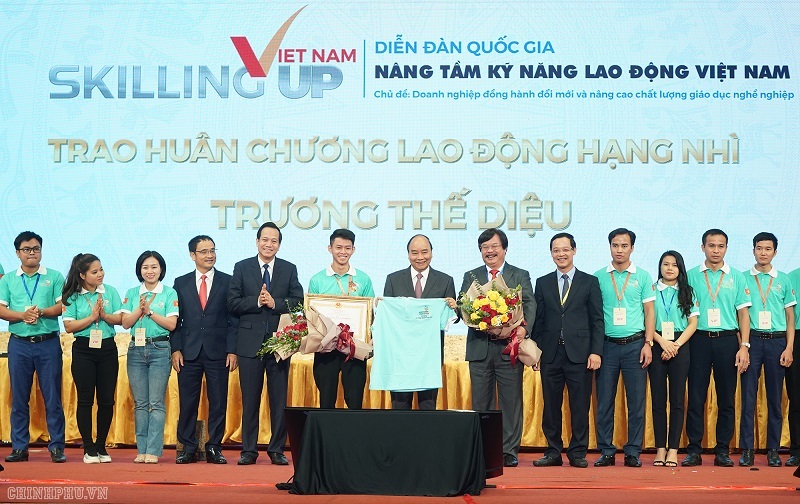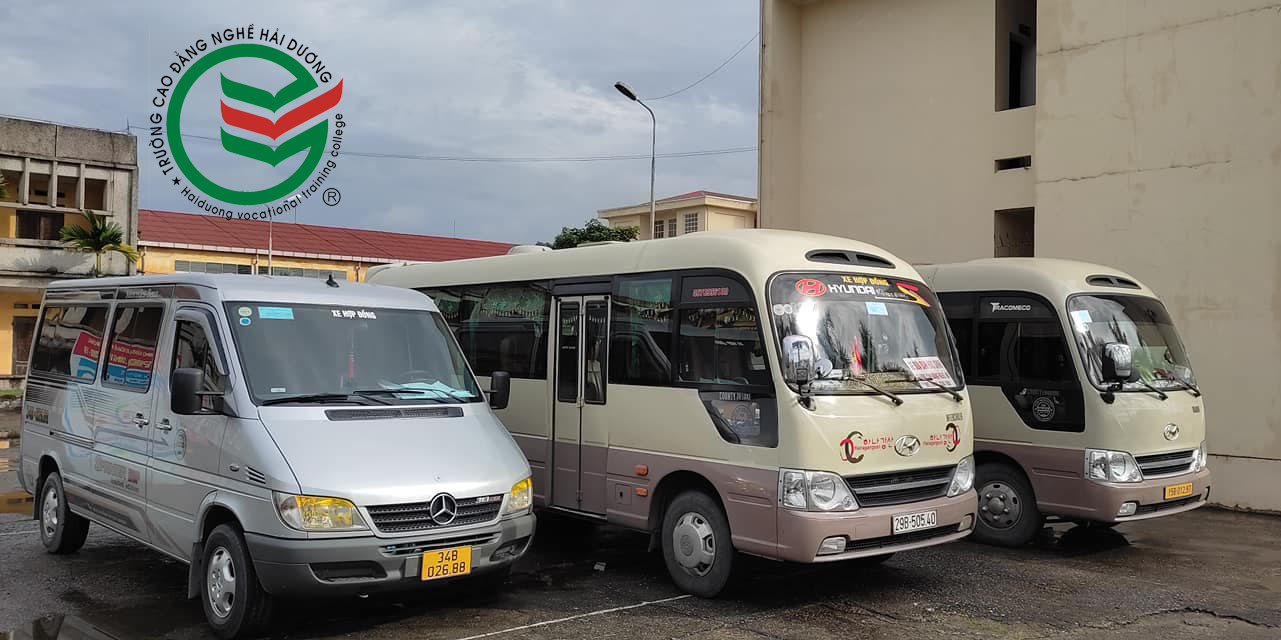General Department of Vocational Education: Promulgating Online Training Manual
With complete and detailed instructions on the contents related to the organization of online training at TVET institutions, “Cam online training manual in TVET” help teachers and schools get more information, knowledge, skills on organization, management, online training , especially in the context of being affected by the Covid-19 epidemic.
The General Department of Vocational Education and Training (MOLISA) has just released “Online training manual in TVET” on the web platform at: https://daotaocq.gdnn.gov.vn/camnangdttt/, and an electronic version is available on the website of the Training Department official, General Department of Vocational Education.
“Hand in hand” about online training
According to the General Department of Vocational Education and Training, although online training has many advantages, it is still a new problem for the TVET system, a system characterized by practical training and skill development.
Previously, TVET institutions were mostly used to organizing face-to-face training, associated with practical guidance and direct practice, and now switched to online training, teaching and distance instruction; The qualifications, experience, and skills in applying information technology in teaching of teachers in many VET institutions are still limited, confused in using applications for online training, etc.
Legally, although there are regulations for online training, these regulations do not take into account new developments in practice, etc. These lead to the organization of online training in TVET still lacking. encounter certain difficulties.
To contribute to solving the above difficulties, the Department of Formal Training, General Department of Vocational Education and Training, in collaboration with the Vietnam Vocational Training Innovation Program (GIZ) organized the compilation of an electronic document: “Training Manual” online creation in TVET”.

“Online Training Manual in Vocational Education” is a complete and detailed guide to the contents related to the organization of online training at TVET institutes, helping teachers and schools have more information information, knowledge and skills on organization and management, online training.
The Handbook includes the following main contents: An overview of online training; Regulations and guidelines for online training; Instructions for using online training software; Guide to building LMS with open source code; Appendix: Some online training manuals.
The inevitable trend of the times
Over the past time, the 4.0 technology revolution has affected all socio-economic fields, and completely changed the current production and management system. Along with the strong development of information and communication technology, online training (E-learning) was born as a revolution in teaching and learning, becoming an inevitable trend of the times. boom” in many developed and developing countries, especially in the context that the Covid-19 pandemic is having a strong impact on the whole world.
Besides, the world economy is entering the stage of knowledge economy. The characteristic of this economy is that the service sector will be the area that attracts the most workers and is highly knowledgeable. Therefore, effectively improving the quality of education and training will be a vital factor determining the existence and development of each country, company, family, and individual. E-learning is an effective solution to this problem. Learning is not only confined to high school and university studies but also vocational education – a level of education that focuses on skills training.
From the first months of 2020, the Covid-19 pandemic broke out strongly in the world, complicated developments, causing difficulties for the education and training system in general and the TVET system in particular. promptly take measures to cope with the new situation. Under the direction of the leaders of the Ministry of Labour, Invalids and Social Affairs and the leaders of the General Department of Vocational Education and Training, the TVET system has transformed enrollment and training from traditional (offline) to online training form (online).

This is a method of learning through a computer, or mobile device connected to the network to a server located elsewhere that stores the electronic lectures and necessary software to be able to request for students to learn online. from far away. Teachers can transmit images and audio via broadband connection or wireless connection (WiFi, WiMAX), local area network (LAN).
Online training allows training anytime, anywhere, imparting knowledge on demand, information responding quickly. Students can access lessons and courses anywhere such as at the office, at home, at public Internet spots, 24 hours a day, 7 days a week.

The advantage of online training helps to reduce about 60% of traditional costs such as locations, classes, teachers, etc.; helps to reduce training time by 20-40% compared to traditional teaching methods by limiting distraction and travel time; Students can choose from online instructor-led courses or Interactive Self-pace Course, adjust their own learning pace according to their ability and can improve their knowledge through online libraries; Consistent content delivery. Online training is easy to create and allows students to participate, easily track learning progress, and student learning outcomes.
|
In 2020, in the context of the enrollment and training organization being interrupted and having to change a lot due to the impact of the Covid-19 epidemic situation, TVET institutions have flexibly and diversely applied different methods. Teaching. The application of information technology in training has been applied by most TVET institutes with informatics software in training management (from enrollment management; training plan development and management). training; management of training results; management of diplomas, …). Many schools have implemented online enrollment, management of online training results… to create the most favorable conditions for learners. As a result, in 2020, the whole country will enroll about 2.28 million people, reaching 100.9% of the plan; in which, about 580 thousand people enrolling at intermediate and college level; enrollment at primary level and other forms of vocational training is about 1.7 million people. About 2.19 million people graduated according to training levels, reaching the set target, of which: about 510 thousand people graduated from colleges and intermediate schools; primary and other vocational training programs about 1.68 million people. |











